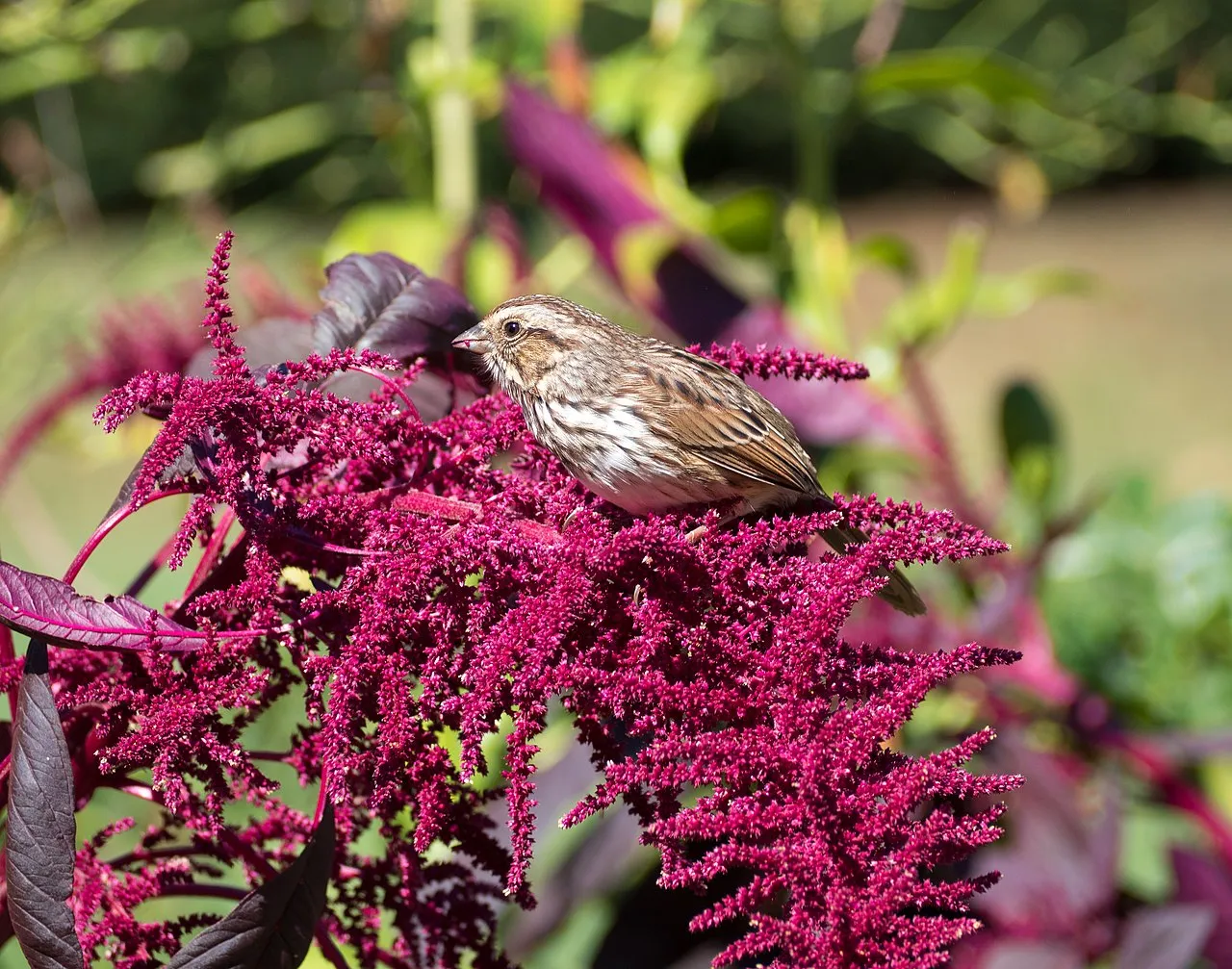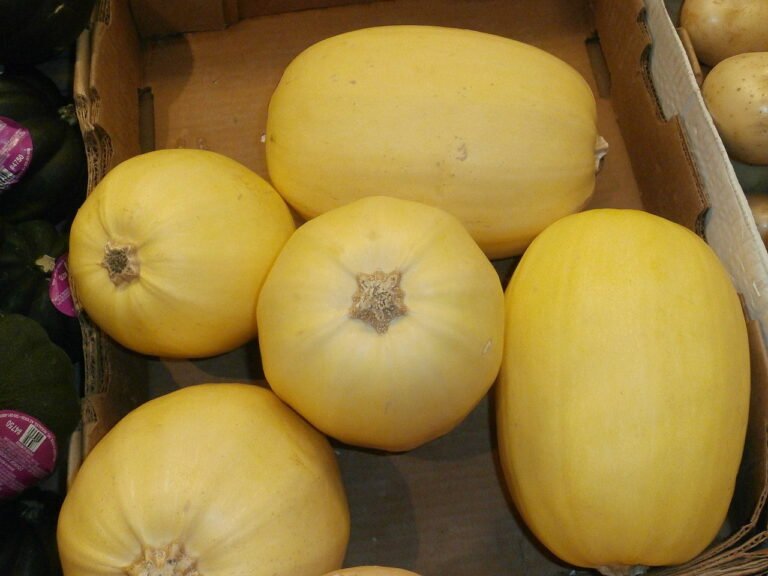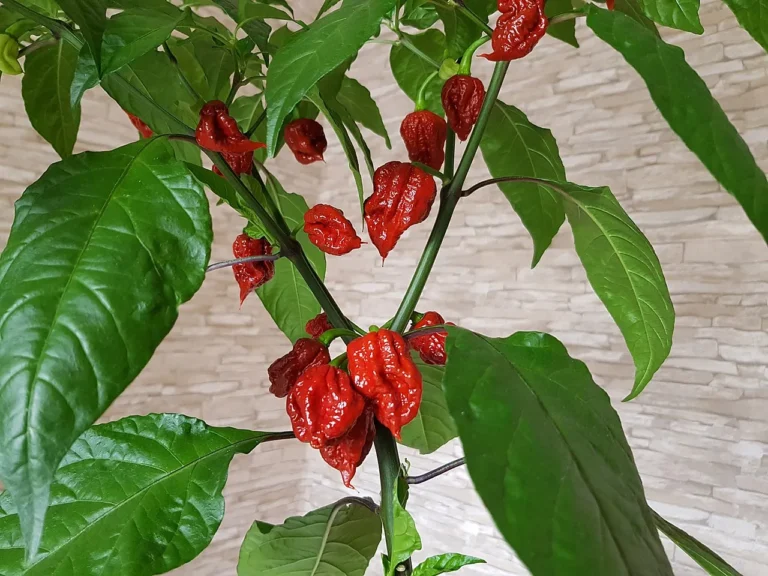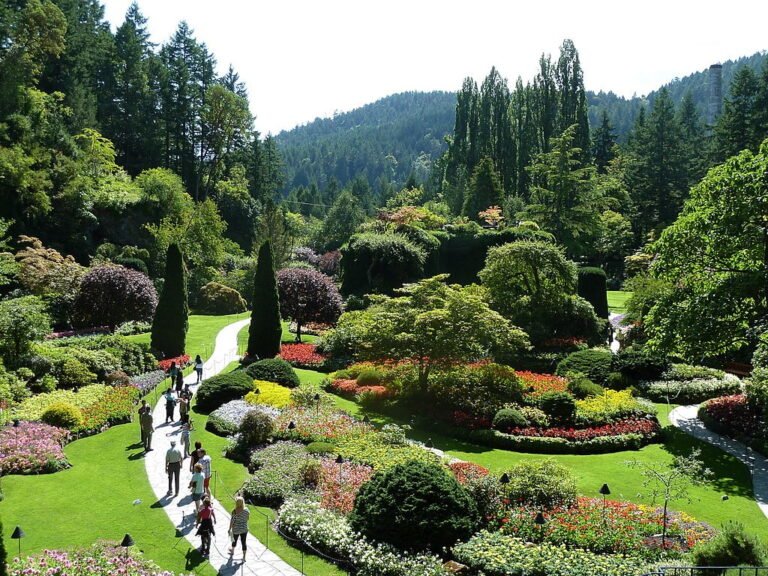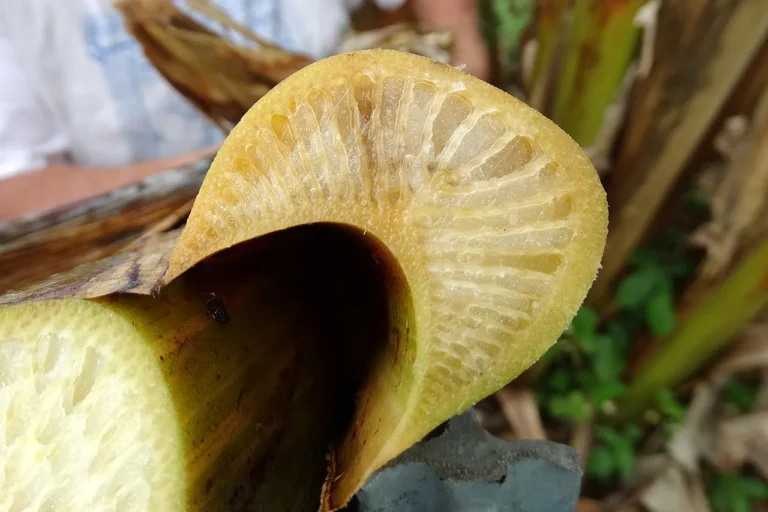Growing Amaranth: A Comprehensive Guide to Cultivating the Ancient Superfood
Amaranth, with its vibrant flowers and nutritious seeds, is a stunning addition to any garden. This ancient grain, revered by the Aztecs and Incas, offers a plethora of benefits, from its protein-rich seeds to its tasty, spinach-like leaves. Whether you’re interested in amaranth for its health benefits, as a grain substitute, or simply for its striking appearance, here’s how to successfully grow this remarkable plant.
Why Grow Amaranth?
Amaranth isn’t just beautiful; it’s also highly nutritious. The seeds are a complete protein, containing all nine essential amino acids, and the leaves are rich in vitamins A, C, and K, calcium, magnesium, and iron. Moreover, amaranth plants are drought-resistant and thrive in various conditions, making them an excellent choice for sustainable gardening.
How to Grow Amaranth
Choosing Amaranth Varieties
There are many amaranth species and cultivars, each offering different colours, sizes, and uses:
- Grain Amaranth Varieties: Such as ‘Alegria’, ‘Golden Giant’, and ‘Plainsman’, are grown primarily for their seeds.
- Leaf Amaranth Varieties: Including ‘Green Callaloo’, ‘Red Callaloo’, and ‘Tenderoni’, are cultivated for their edible leaves.
- Ornamental Varieties: Like ‘Love-Lies-Bleeding’, ‘Coral Fountain’, and ‘Opopeo’, are valued for their stunning flowers and foliage.
Planting Amaranth
- Timing: Plant amaranth seeds after the last frost when the soil has warmed. In tropical or subtropical climates, amaranth can be sown virtually year-round.
- Soil and Site: Amaranth prefers well-draining soil with a pH of 6.0 to 7.5. Choose a sunny location, as amaranth requires full sun to flourish.
- Sowing Seeds: Sow seeds directly into the garden, barely covering them with soil. Thin seedlings to 18 inches apart once they’re a few inches tall to give plants room to grow.
Caring for Amaranth Plants
- Watering: Amaranth is drought-tolerant but benefits from regular watering during dry periods, especially during germination and early growth.
- Feeding: Apply a balanced fertilizer at planting. Amaranth does not typically require additional feeding, particularly if grown in fertile soil.
- Support: Tall amaranth varieties may need staking to prevent them from toppling over.
Pest and Disease Management
Amaranth is relatively pest-resistant but can attract aphids and flea beetles. Use organic pest control methods, such as neem oil, to manage infestations. Proper spacing and airflow around plants can help prevent fungal diseases.
Harvesting Amaranth
- Leaves: Young leaves can be harvested for greens throughout the growing season. Pick leaves from the top to encourage more growth.
- Seeds: Harvest amaranth seeds when the flowers have dried and seeds begin to fall. Cut the flower heads, hang them upside down indoors, and collect the seeds as they dry.
Using Amaranth
- Amaranth Leaves: Can be used fresh in salads or cooked similarly to spinach.
- Amaranth Seeds: Can be cooked like quinoa or ground into flour. They’re excellent for gluten-free diets.
Final Thoughts
Amaranth is a versatile, nutritious, and visually striking plant that deserves a spot in every gardener’s plot. Whether you’re drawn to its health benefits, sustainability, or simply its beauty, amaranth offers something for everyone. Follow this guide to enjoy the myriad benefits of this ancient superfood in your garden.

